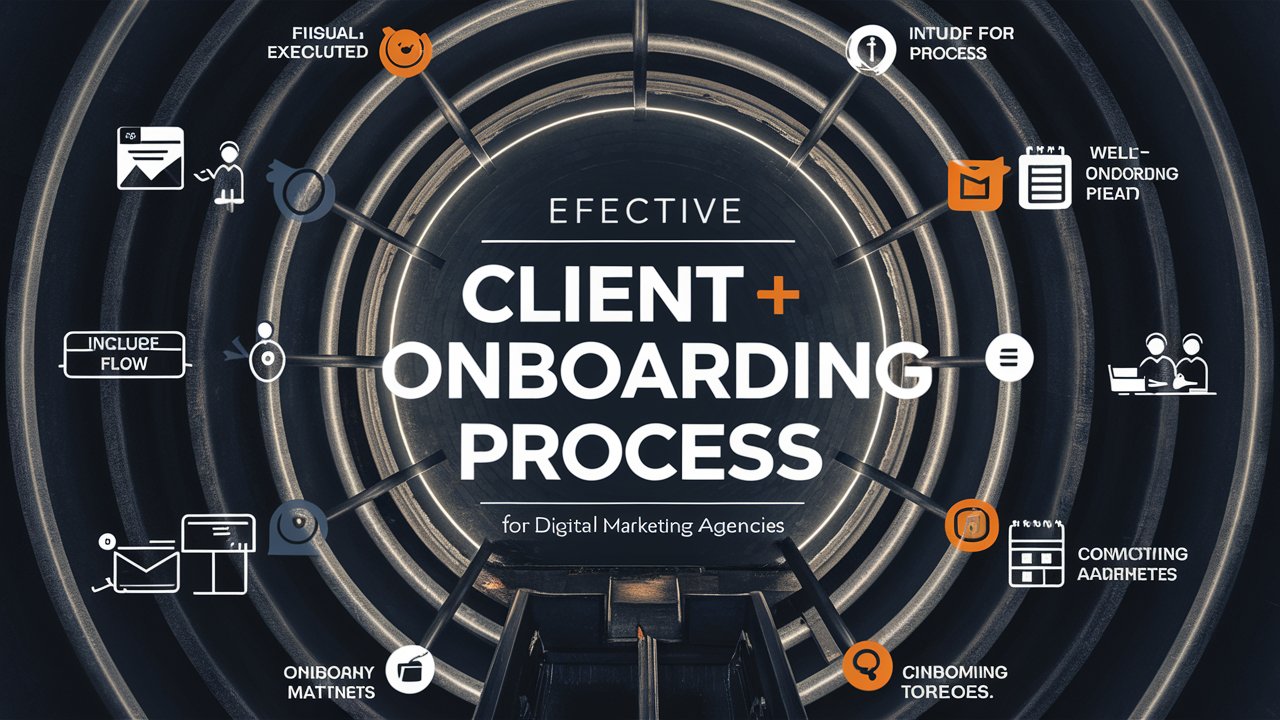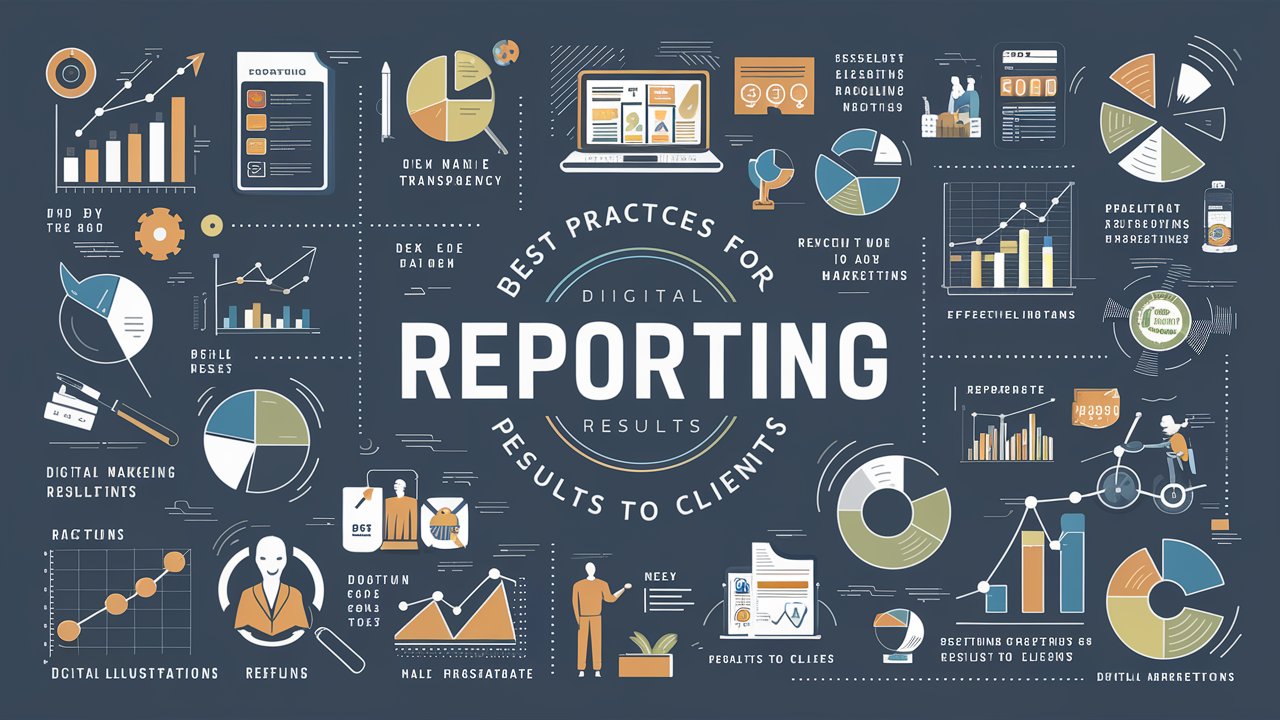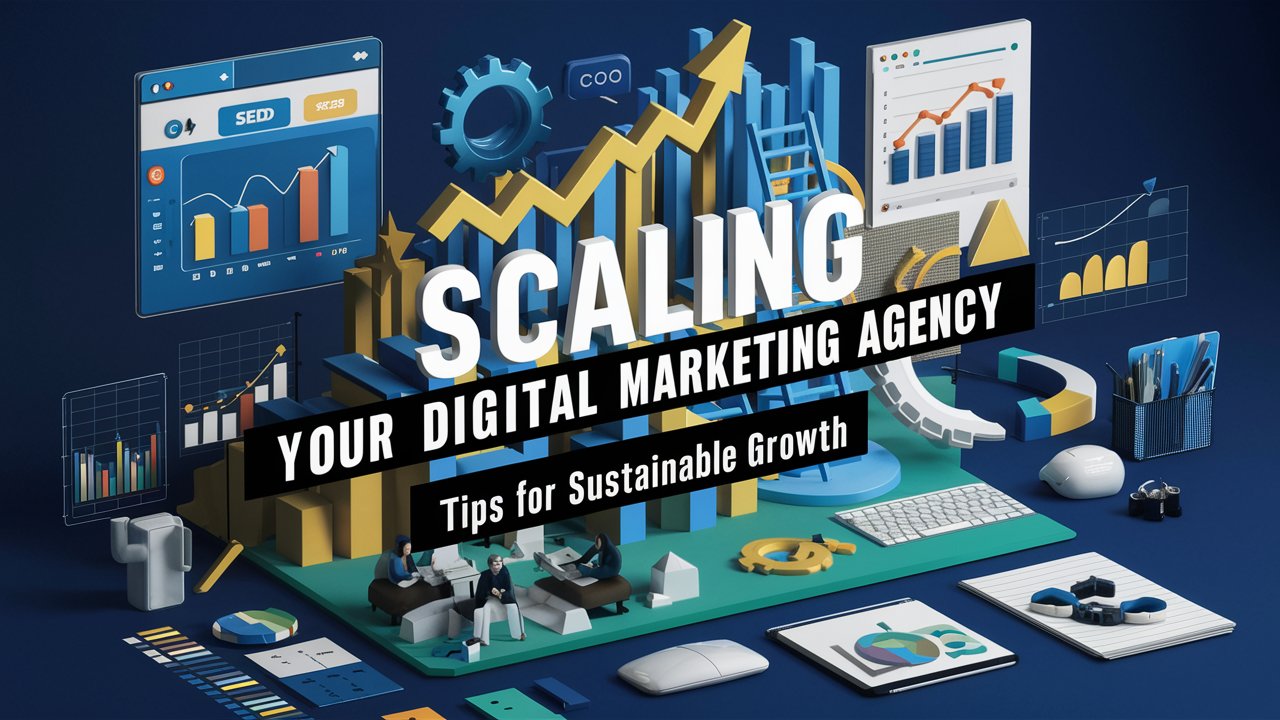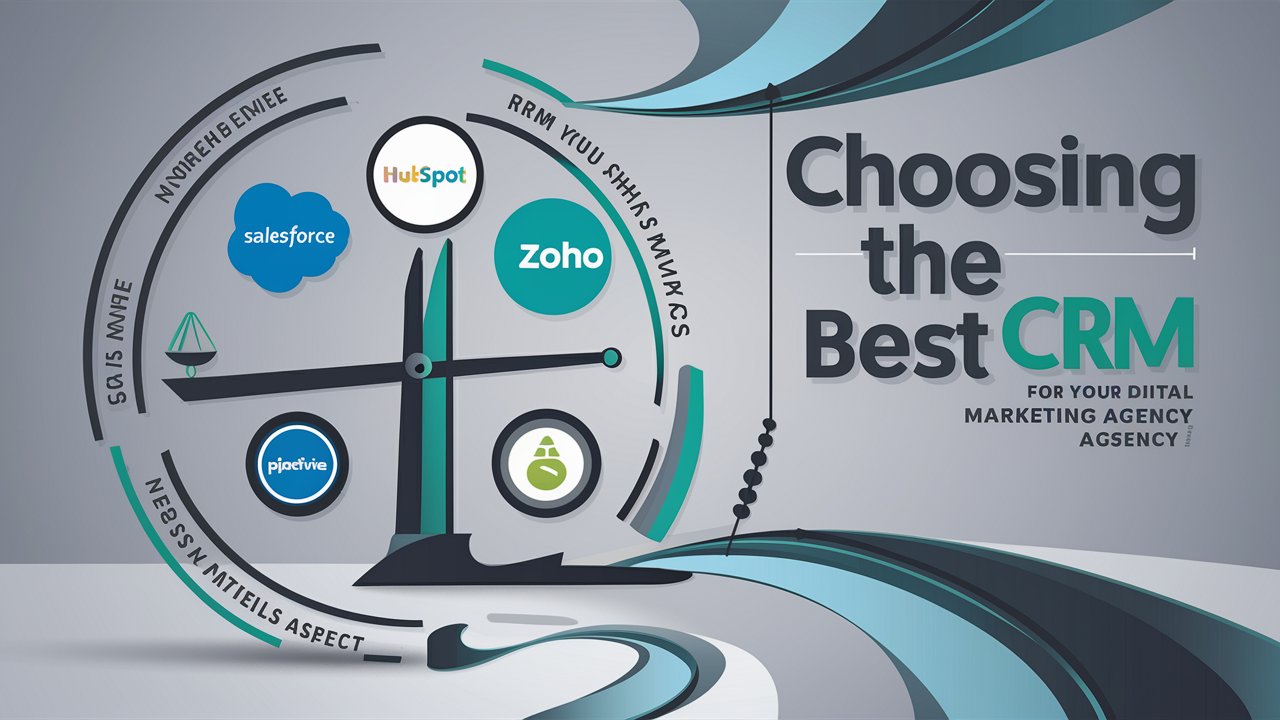The client onboarding process is a crucial element in the success of any digital marketing agency. A smooth and well-structured onboarding process not only enhances client satisfaction but also sets the stage for long-term relationships and successful projects. In this comprehensive guide, we’ll explore the key steps and best practices for creating an effective client onboarding process that ensures a positive experience and fosters client retention.
1. Initial Client Engagement and Communication
Keyword: Client Communication for Agencies
Effective client onboarding begins with clear and professional communication right from the initial contact.
- Set Expectations Early: Clearly outline the onboarding process, project timelines, and deliverables during the initial consultation. This helps manage client expectations and sets a positive tone.
- Personalized Welcome: Send a personalized welcome email or letter thanking the client for choosing your agency. Include an overview of what they can expect during the onboarding phase.
Example Welcome Email: “Thank you for choosing [Agency Name]! We are excited to start working with you. In the coming days, you will receive a detailed onboarding guide and schedule. If you have any questions, feel free to reach out.”
2. Comprehensive Client Intake Form
Keyword: Client Intake Form for Agencies
Gathering detailed information about the client’s business, goals, and preferences is essential for a successful project.
- Develop a Detailed Questionnaire: Create a comprehensive client intake form that covers key areas such as business objectives, target audience, current marketing efforts, and preferred communication methods.
- Use Online Forms: Implement online forms or surveys to streamline the data collection process and ensure easy accessibility for clients.
Example Questions:
- “What are your primary business goals for this project?”
- “Who is your target audience, and what are their key characteristics?”
3. Kickoff Meeting and Strategy Session
Keyword: Client Kickoff Meeting for Agencies
The kickoff meeting is a critical step in aligning both parties and establishing a clear plan for the project.
- Schedule a Meeting: Arrange a kickoff meeting to discuss the client’s goals, expectations, and the overall project plan. This can be done via video call or in-person.
- Present the Strategy: Outline the proposed strategy, including key milestones, deliverables, and timelines. This helps clients understand the process and feel confident about the project.
Example Agenda:
- Introduction and team introductions
- Review of client goals and expectations
- Presentation of proposed strategy and timeline
- Q&A session and next steps
4. Develop a Customized Onboarding Plan
Keyword: Onboarding Plan for Agencies
Creating a tailored onboarding plan helps ensure that all client-specific needs and preferences are addressed.
- Create a Detailed Plan: Develop an onboarding plan that includes project milestones, deliverables, and timelines. Share this plan with the client to provide a clear roadmap of the project.
- Include Key Contacts: Provide information about key team members who will be working on the project and their roles. This helps establish direct lines of communication.
Example Onboarding Plan:
- Week 1: Initial research and strategy development
- Week 2: Review and approval of strategy
- Week 3: Implementation begins
5. Provide Access and Gather Necessary Assets
Keyword: Client Access for Agencies
Efficiently managing access and gathering necessary assets are essential for a smooth workflow.
- Access Setup: Ensure the client provides access to relevant platforms, accounts, or systems needed for the project (e.g., Google Analytics, social media accounts).
- Asset Collection: Request any necessary assets from the client, such as branding guidelines, content, or previous marketing materials.
Example Request: “Please provide us with access to your Google Analytics account and any existing branding guidelines by [date]. This will help us get started on the right foot.”
6. Implement a Clear Communication Plan
Keyword: Communication Plan for Agencies
Establishing a clear communication plan ensures that both parties stay informed and aligned throughout the project.
- Define Communication Channels: Agree on preferred communication channels (e.g., email, Slack, project management tools) and set up regular check-ins or status updates.
- Set Response Time Expectations: Clarify response time expectations for both the agency and the client to ensure timely communication and decision-making.
Example Communication Schedule:
- Weekly status updates via email
- Bi-weekly project review meetings
7. Deliver a Comprehensive Onboarding Kit
Keyword: Onboarding Kit for Agencies
An onboarding kit provides clients with essential information and resources to help them understand the process and what to expect.
- Create a Welcome Packet: Develop a welcome packet that includes an overview of the onboarding process, key contacts, and frequently asked questions.
- Include Educational Resources: Provide links to educational resources or guides that explain your agency’s methodologies and tools.
Example Onboarding Kit:
- Onboarding process overview
- Key contacts and their roles
- FAQs and troubleshooting tips
8. Set Up Reporting and Performance Metrics
Keyword: Reporting Metrics for Agencies
Establishing reporting and performance metrics helps clients track progress and measure the success of the project.
- Define Key Metrics: Agree on key performance indicators (KPIs) and reporting frequency. This ensures that both parties have a clear understanding of how success will be measured.
- Provide Regular Reports: Deliver regular reports that highlight progress, results, and any adjustments made to the strategy.
Example Metrics:
- Website traffic
- Conversion rates
- Social media engagement
9. Gather Client Feedback and Make Adjustments
Keyword: Client Feedback for Agencies
Regularly gathering client feedback helps ensure that the project stays on track and meets the client’s expectations.
- Conduct Feedback Sessions: Schedule periodic feedback sessions to discuss progress, address any concerns, and make necessary adjustments.
- Implement Changes: Use client feedback to refine strategies and improve the overall project experience.
Example Feedback Request: “Please provide your feedback on the initial campaign results by [date]. We will review your comments and make any necessary adjustments.”
10. Ensure a Smooth Transition to Ongoing Management
Keyword: Ongoing Management for Agencies
Transitioning from onboarding to ongoing project management should be seamless and well-coordinated.
- Outline Ongoing Support: Provide details about ongoing support and maintenance, including how to handle future requests or issues.
- Review Project Goals: Revisit the project goals and ensure that both parties are aligned on the next steps and future objectives.
Example Transition Plan:
- Transition to regular project management
- Ongoing support and contact information
- Review and update project goals as needed
Conclusion
An effective client onboarding process is essential for digital marketing agencies looking to enhance client satisfaction and retention. By following these best practices, including clear communication, detailed planning, and regular feedback, you can create a positive onboarding experience that sets the stage for successful projects and long-term relationships.
Call to Action
Ready to improve your client onboarding process? Contact us today to learn how we can help you implement these strategies and ensure a seamless and effective onboarding experience for your digital marketing agency!









